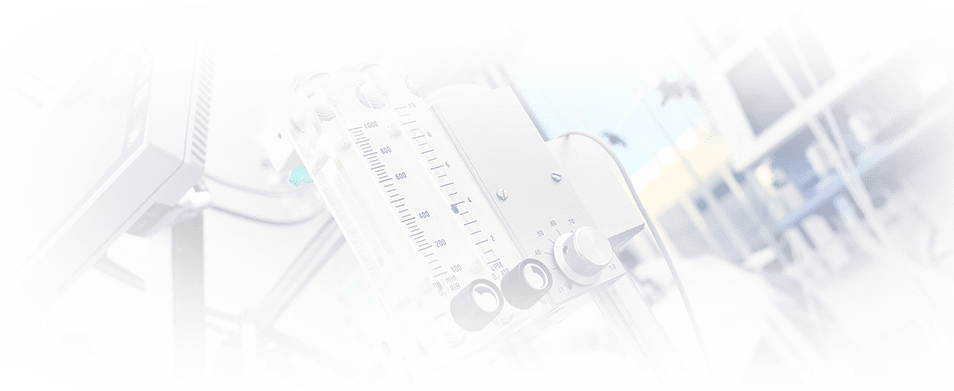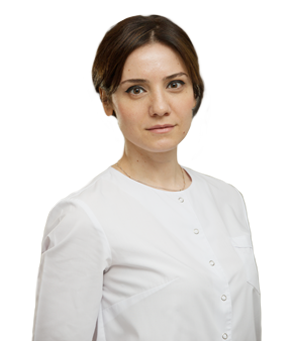Differential diagnosis of acute appendicitis
Patient S., 45 years old.
Complaints upon admission:
pulling pains in the lower abdomen;
nausea;
bloating.
Medical history.
It was ill during the day when there was pain in the lumbar region, discomfort in the epigastric region, pain in the left hypochondrium.
The ambulance team diagnosed intercostal neuralgia, they introduced Tramadol, Baralgin and Platifillin - the pain syndrome was arrested.
On the day of admission there was pain in the lower abdomen, bloating, an increase in body temperature to 37.5 ° C. Has noted similar attacks of pain earlier.
Life history.
Chronic calculous cholecystitis.
Chronic iron deficiency anemia associated with polymenorrhea for several years.
Objectively.
The condition is satisfactory. The skin and mucous membranes are of normal color. Pulse 96 beats per minute, rhythmic, good filling. BH 18 per minute. Body temperature 37.4 ° C. Vesicular breathing, no wheezing. Tongue dry, coated with white bloom. The abdomen is distended, soft, moderately painful above the bosom, in the mesogastric region. There are no peritoneal symptoms. Peristalsis is uniform, there are no pathological intestinal murmurs. Appendicular symptoms are negative. There is no dysuria. The tapping symptom is negative on both sides. The chair is decorated, regular.
Instrumental and laboratory research.
Chest X-ray - no pathology.
Ultrasound of the abdominal organs - Echo signs of diffuse changes in the liver (by the type of fatty hepatosis) and pancreas, chronic calculous cholecystitis.
Ultrasound of the pelvic organs - Echo signs of endometriosis of the body of the uterus, endocervical cysts, ovarian cysts (endometrioid?), The minimum amount of free fluid in the pelvic cavity.
Complete blood count - hemoglobin 105 g / l, leukocytes - 7.38 × 10 9 g / l, stab - 4%, ESR - 16 mm / h.
General urine analysis - erythrocytes unchanged - 9 in the field of vision.
Dynamic surveillance.
A state without dynamics - worried about abdominal pain, more in the left hypochondrium, an increase in body temperature to 38 ° C. Tongue dry, coated with white bloom. The abdomen is distended, moderately painful above the bosom. There was tension in the muscles of the anterior abdominal wall in the right iliac region. There are no peritoneal symptoms.
Increase in blood leukocytosis from 7 × 10 9 up to 9 × 10 9 , stab - from 4 to 8%.
Consultation with a gynecologist.
Apoplexy of the left ovarian cyst is suspected.
Additional diagnostics.
Performed CT scan of the abdominal organs - CT signs of calculous cholecystitis.
Moderate signs of lipoid liver infiltration.
Indirect signs of pancreatitis.
Differential-diagnostic series.
Acute appendicitis.
Apoplexy of the cyst of the left ovary.
Acute cholecystopancreatitis.
Acute appendicitis?
|
For |
Against |
|
Abdominal pain with fever and inflammatory changes in the blood |
Atypical localization of pain in the left hypochondrium |
|
The appearance of tension in the muscles of the anterior abdominal wall in dynamics |
Presence of pelvic effusion early in the disease |
Apoplexy cyst of the left ovary.
|
For |
Against |
|
Abdominal pain in the middle of the menstrual cycle |
Febrile fever |
|
Ovarian cyst with pelvic effusion |
Muscle tension of the anterior abdominal wall on the right |
Acute cholecystopancreatitis.
|
For |
Against |
|
Typical localization of pain with fever and inflammatory changes in the blood |
Absence of ultrasound signs of inflammatory changes. No nausea and vomiting |
|
Presence of calculous cholecystitis |
Absence of laboratory signs of cholestasis and increased amylase |
Indications for surgery - diagnostic laparoscopy.
The impossibility of establishing a diagnosis by other methods.
The need for emergency intervention when confirming the diagnosis of acute appendicitis.
Progression of symptoms against the background of infusion, detoxification and antibacterial therapy.
The appearance of signs of tension in the right iliac region.
Diagnostic laparoscopy.
A 10 mm laparoscope was inserted under the ETN after processing the operating field through the umbilical ring. CO insufflation 2 . During the audit: in the small pelvis and between the loops of the small intestine, traces of lysed blood are drained. In the right iliac fossa, a loose infiltrate is determined, consisting of the dome of the cecum and the appendix, the latter destructively changed and fixed to the parietal peritoneum. The infiltrate is divided, the appendix is isolated to the base. The mesentery was dissected using bipolar coagulation. At the base of the appendix, 3 Raeder loops are tightened. The appendix is cut off, immersed in a container, removed. Sanitation of the abdominal cavity. Control of hemostasis - dry. A drainage tube is installed in the small pelvis, brought out through an incision above the bosom. Stitches for wounds. Aseptic dressings.
Histology.
Macro: vermiform appendix 5 cm long, 0.6-1.0 cm in diameter in an infiltrate 5 × 2 × 1.5 cm; the walls of the appendix are dense, gray with small brown areas; the gap is empty; the outer surface of the infiltrate is yellowish-brown, with adhesions.
Micro: acute gangrenous appendicitis; fibrinous-purulent periappendicitis; fibrinous-purulent mesenteriolitis.
Postoperative period.
The postoperative period was uneventful.
The wounds healed by primary intention.





